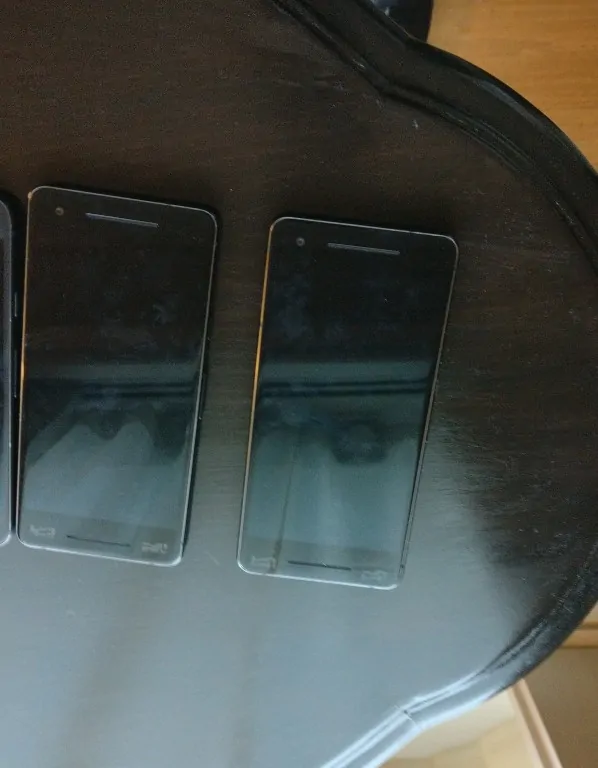Bezels be gone. In 2017, I was expecting most new smartphones to not have bezels. At least, the premium, flagship models. I think it would be fair to expect as much.
Samsung has been leading the charge towards less bezel and more screen. Phones like the Edge used slick wrap around designs that squeezed more screen real estate into space that would otherwise be used to form the surround of the screen. And the Galaxy S8 features some of the tiniest bezels ever seen on a smartphone.
Apple and its upcoming iPhone 8 will surely employ a bezel free design — or at least something very close to it.
And as for Google?
Based on leaked images of its next flagship Android phone, Pixel 2, things aren’t looking to hot on the design front:

Then again, these are not official photos of course. So anything can happen by the time the Pixel 2 launches.
Bezel free designs will likely come with several trade-0ffs.
- Finger print sensors will need to be re-thought — the button required to capture a print is physically large, relative to the rest of the screen. Using a screen-based version, soft key or virtual button, would enable designers to creatively use the newfound space (on the bottom front of the iPhone 7/7 Plus, for example)
- Where do the speakers go? — one reason why the Pixel 2 may still have relatively large bezels is because of its stereo speakers. According to The Verge, the Pixel 2 will likely have high quality sound because there will be a speaker both at above and below the screen.
- Holding a phone with no bezels –– If the bezels are gone, how do we hold a phone? Simple: software can intelligently detect are fingers, and not respond accordingly. Or, a virtual bezel, effectively black screen, can be displayed depending on the task at hand.
This fall will be an interesting inflection point for the smartphone.
Incrementalism has been the order of the day for the past few years. But now a new wave of tech is making its way into our mobile lives: augmented reality (AR), virtual reality (VR), mixed reality (MR), and even, as we saw on the RED Hydrogen prototype and recent announcement, the possibility for holographic capture and display. To say the least, things could get very interesting.
Apple and Google will lead the charge in Q4 2017, with the iPhone 8 and Pixel 2 respectively. After middling phone improvements (primarily screen resolution, audio quality, processing power, and camera megapixels), and the death of the headphone jack, it will be a welcome boom to a product category that has otherwise been sleepwalking as of late.

